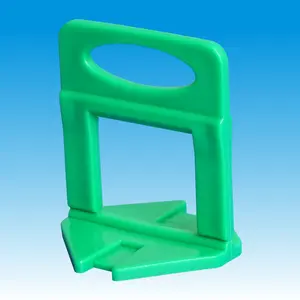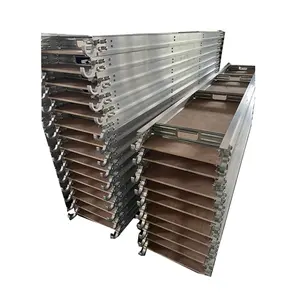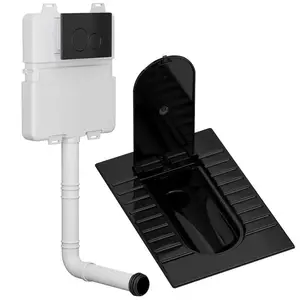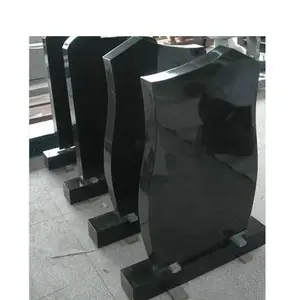Popular in your industry






























































Related Searches:







































































































































































Top categories
About ceiling tile clips
Introduction
Ceiling tile clips, the unsung heroes of stylish and secure ceilings, are essential components that ensure the stability and aesthetic appeal of ceiling designs. These adjustable hold down devices are not only vital for keeping ceiling tiles and panels secure but also play a significant role in enhancing the overall look of your ceiling. From covering up less appealing ceilings to enabling various aesthetic and functional updates, these clips are indispensable. This article delves into the world of ceiling tile clips, exploring their types, roles, installation, maintenance, and safety considerations.
Understanding Ceiling Tile Clips
Ceiling tile clips are adjustable hold down devices designed to keep ceiling tiles and panels secure. These mechanical fasteners clamp over the ceiling grid system, ensuring the tiles stay in place. They are particularly required for assemblies involving ceiling tiles weighing less than a pound per square foot. For optimal security, three hold down clips should be spaced throughout every four feet of ceiling area. These clips are typically sold in cases, with each case containing a significant number of hold down clips.
The Role of Ceiling Tile Clips in Ceiling Design
Ceiling clips play a crucial role in ceiling design by simplifying the installation process and enhancing the overall look. They are particularly useful in covering up less appealing ceilings, such as popcorn ceilings, with charming wood-look planks or vintage-style metal ceiling tiles. Ceiling clips also allow for the attachment of ceiling planks to an existing drop ceiling grid, providing a fresh wood look ceiling retrofit. These clips contribute to the versatility of ceiling design, enabling various aesthetic and functional updates in less than a weekend.
Types of Ceiling Tile Clips
Ceiling tile clips, also known as ceiling hooks or clips, are crucial for hanging signs, banners, or even plexiglass sneeze guards from drop ceilings. They come in two main types: plastic and metal. Each type has its unique features and applications, ensuring a secure and stable attachment to the ceiling grid.
Metal Clips
Metal ceiling tile clips are a popular choice for hanging signs, banners, or other lightweight items from drop ceilings. They are easy to install and provide a secure and stable attachment to the ceiling grid. These clips distribute the weight of the sign evenly across the grid, reducing the chances of the sign slipping or falling. Metal clips have proven their reliability and effectiveness over the years.
Plastic Clips
Plastic clips, often made from PVC, are a popular choice for securing ceiling tiles. PVC is a versatile material used worldwide, including in the construction industry. It's lightweight, easy to work with, and can be made safe for indoor use. PVC clips are particularly beneficial for lightweight ceiling tiles, preventing lift and flutter caused by rapid air pressure changes. However, it's important to note that PVC has been subject to debate due to environmental and health concerns. Therefore, it's crucial to choose PVC products that are certified for indoor air quality.
Specialty Clips
Specialty clips are designed for specific applications. These steel clips are used in drop ceiling applications where air pressure changes or wind may cause tile movement. They are placed on the back of the suspended ceiling grid, just above the ceiling panel. To prevent uplift, use 1 or 2 clips per tile in the affected area, typically near the doorway where the pressure change occurs. They are unnoticeable from the floor level and are durable due to their steel construction. However, in areas with fire suppression sprinklers, ensure the clips do not impede the panel's ability to release and fall in the event of a fire.
How to Choose the Right Ceiling Tile Clips
Choosing the right ceiling tile clips depends on several factors. Uplift prevention clips are designed for use with drop ceiling panels, particularly in situations where tile movement due to wind or air pressure changes may be an issue. They clip down onto the back of the suspended ceiling grid. However, if clips are used in drop-out installations, they must not impede the panel's ability to release and fall from the grid in the event of a fire. The type of tiles you have and the location, like high wind areas, also influence the choice of clips.
Installation and Maintenance of Ceiling Tile Clips
Ceiling tile clips can be used to attach ceiling planks to an existing drop ceiling grid, providing a fresh wood look ceiling retrofit. The installation process is straightforward, making it suitable for advanced DIY-ers. It's crucial to compare different methods for installing ceiling tiles, whether it's surface mount or drop ceilings. Maintenance tips include regular checks to ensure the clips are securely holding the tiles and replacing any damaged or worn-out clips promptly.
Safety Considerations for Ceiling Tile Clips
Safety is paramount when installing ceiling tile clips, especially in drop-out installations where panels are located beneath fire suppression sprinklers. It's crucial that the clips do not impede the panel's ability to release and fall from the grid in the event of a fire. Uplift prevention clips are designed to secure ceiling panels without restricting their necessary movement during emergencies. However, their application must be carefully considered to ensure they don't compromise safety protocols.
Conclusion
In conclusion, ceiling tile clips are an integral part of ceiling design and safety. They offer a versatile solution for securing ceiling tiles and panels, enhancing aesthetics, and ensuring stability. Whether you opt for metal, plastic, or specialty clips, the choice depends on your specific needs and the type of tiles you have. It's crucial to install and maintain these clips properly, keeping safety considerations in mind, especially in drop-out installations. By understanding the role and importance of these unsung heroes, you can ensure a stylish and secure ceiling that stands the test of time.

























